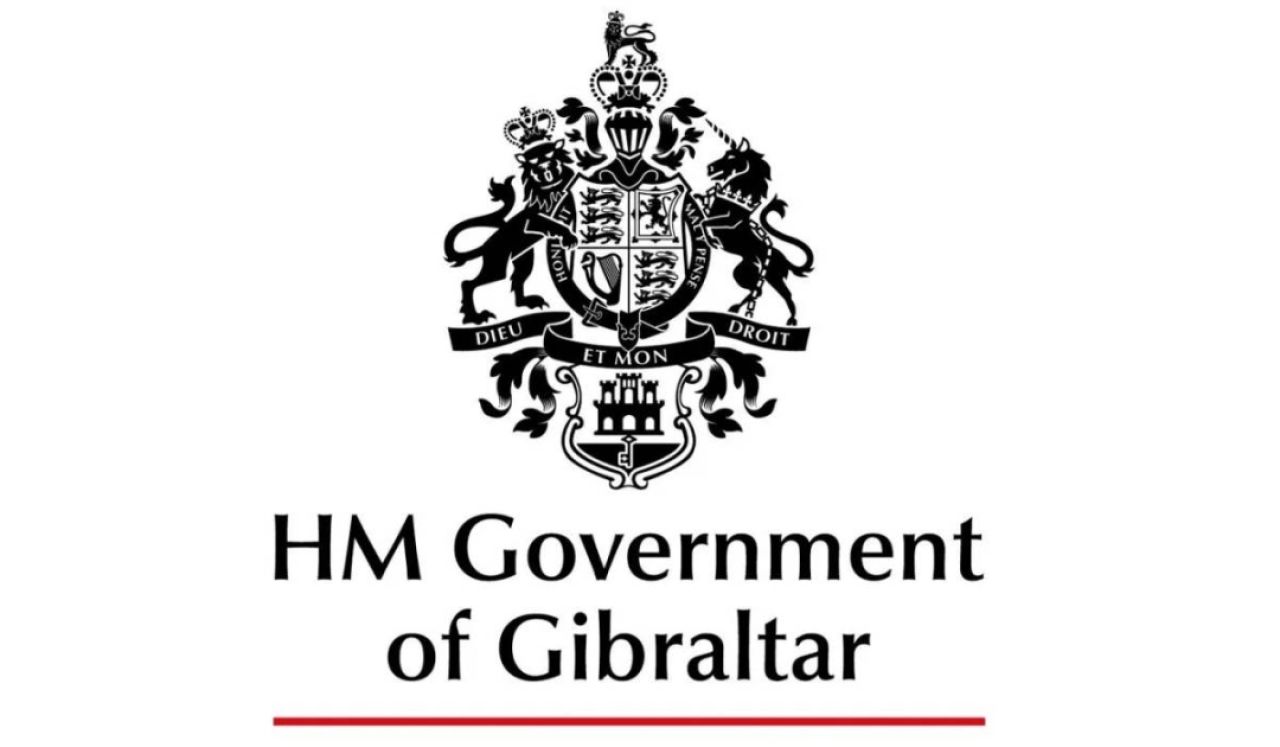Gibraltar National Museum Scientists Participate In A Major New International Study

An international study coordinated by Carlos Neto de Carvalho, a palaeontologist working at IDL University of Lisbon and scientific co-ordinator of the Naturtejo UNESCO Global Geopark, has revealed the first hominin footprints attributed to Neanderthals in Portugal, marking a significant advance in the understanding of human presence on the Atlantic coast of the Iberian Peninsula during a period of time known as the Pleistocene.
A statement from the Government follows below:
Why are a significant number of sites where Neanderthal remains have been found located along the Atlantic and Mediterranean coasts of the Iberian Peninsula?
An international study coordinated by Carlos Neto de Carvalho, a palaeontologist working at IDL University of Lisbon and scientific co-ordinator of the Naturtejo UNESCO Global Geopark, has revealed the first hominin footprints attributed to Neanderthals in Portugal, marking a significant advance in the understanding of human presence on the Atlantic coast of the Iberian Peninsula during a period of time known as the Pleistocene. Dr Stewart Finlayson and Professors Geraldine and Clive Finlayson of the Gibraltar National Museum, also participated in this work, as well as researchers from other universities and research centres in Portugal, Spain, Italy, Denmark and China, in an interdisciplinary study on the ecological and behavioural analysis of the fossilised footprint record.
Neanderthal is an extinct human taxon that lived in Europe and parts of Asia between about 400,000 and 32,000 years ago. Neanderthals were skilled hunter-gatherers, mastered the use of fire, made stone tools, and there is evidence of symbolic behaviour, such as burials and the use of pigments. However, they disappeared long ago and there is still much to understand about their lifestyles and resource-use strategies. They coexisted and even interbred with modern humans, contributing genetically to current populations outside Africa. Their extinction is still a subject of debate.
The latest reported discoveries were made at two different locations in the Algarve, southern Portugal: Praia do MonteClérigo, in rocks dated using the most modern methods to around 78,000 years ago, and Praia do Telheiro, dated to 82,000 years ago. At Monte Clérigo, five trackways and 26 footprints were identified, including marks left by adults and toddler just over a year old, on a steep dune slope. At Praia do Telheiro, an isolated footprint attributed to an adolescent or adult female individual was discovered, associated with other fossilized footprints of birds typical of coastal and cliff environments.
The study of Neanderthal footprints offers several unique and complementary advantages over other types of archaeological remains, such as bones or tools. These footprints, preserved in sediments or sedimentary rocks, are a direct record of behaviour at a specific time. Footprints show that a Neanderthal individual was physically present at a given location, unlike artifacts, which may havebeen transported or abandoned.Footprints record a specific moment, almostinstantaneously,
allowing us to reconstruct what was happening, for example, a group walk, a chase, or presence in a given landscape. Footprints show how Neanderthals used space, how they explored coastal environments, forests, dunes, or riverbanks, something thatis difficultto infer from artifacts alone. Through the number, size, and arrangement of footprints, it is possible to infer a minimum number of individuals present, the age range (children, teenagers, adults), or the possible division of tasks (e.g. a hunting party). Children and infants, who rarely leave archaeological traces (e.g. fossils or tools), can be identified through footprints, revealing more about social structure. In short, footprints offer a rare and dynamic window into everyday behaviour: a “snapshot” of life tens of thousands of years ago.
In the Portuguese cases,the footprints studied by the research team indicate locomotion strategies adapted to the coastal terrain, suggesting route planning, proximity to camp, possible hunting behaviour and coexistence with other species. One of the trackways shows, for example, the interaction between human and deer footprints produced at the same time, reinforcing the hypothesis of pursuit or ambush practices in a dune context.
Furthermore, the study used ecological network analysis, based on mathematical network theory, to relate data from other known coastal archaeological sites in the Iberian Peninsula, including Gibraltar, confirming thatthe Neanderthal diet in these regions was rich mainly in deer, horses and hares/rabbits, supplemented by marine and coastal resources, and signalling a diversified dietary strategy.
The new findings demonstrate that Neanderthals were more versatile and ecological and cognitively adapted to coastal environments than previously thought, providing a rare window into their behaviour, mobility and social organization.
Commenting on the paper, Dr Stewart Finlayson, a co-author who has specialized on Neanderthal ecology said:“This important paper adds to our work in Gibraltar where we have been showing the extent to which Neanderthals exploited the coast and its resources. We have been privileged to have been invited to participate in this international study. With recent links having been shown between the Gibraltar and French coastal Neanderthals, we have now turned our attention towards the Atlantic, with clear links with those living along the Portuguese coast. We are getting closer to understanding the dynamics of regional populations of Neanderthals for whom the coast was clearly vital.”
The Minister for Heritage, the Hon Prof John Cortes, said: "This latest publication by our team at the Gibraltar National Museum once again demonstrates the leading role that Gibraltar plays in the study of our ancient past. Their work continues to gain international recognition and strengthens Gibraltar's reputation as a centre for world-class and cutting-edge research into Neanderthals."
The article can be found online here: https://rdcu.be/euGAl
Latest News
- Perth-Born Author Expands Her Message of Self-Love with New Kids’ Book Set in Gibraltar
- GFSB Asks for Flexibility on Increased Business Costs
- RGP Witness Appeal
- Gibraltar National Museum Scientists Participate In A Major New International Study
- Government Statement Regarding £2 Million Figure Breakdown
- Norovirus Outbreak At Elderly Residential Services
- Gibraltar Fair 2025
- Traffic Management Arrangements – UEFA Conference League 1ST Round Qualifiers Football Games
- The Bandoleros - S.L.O.P Summer Nights Gibraltar 2025
- RGP Bids Farewell To Assistant Commissioner Cathal Yeats OTPM



